Animals
“Immerse yourself in the wonderful world of whales, but behind their majesty hides a painful reality.

(Knowledge) – these parasites shamelessly drag the entire corporation to settle on the bodies of dolphins and whales as a “real estate” investment.
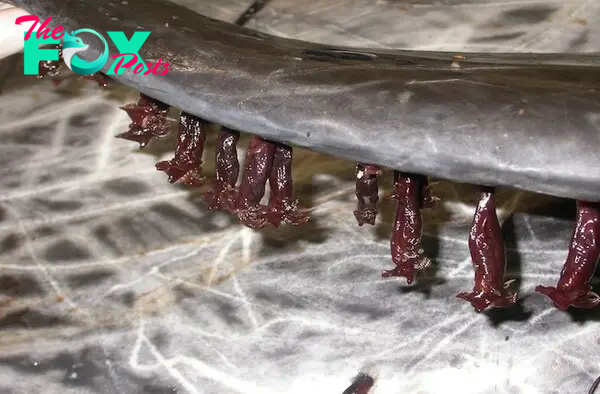
Oysters belong to the Xeobala globicipitis family and are attached to the side of the dolphin’s back for two reasons, one is that the movement of the dolphin in the water is quite predictable, favoring the oysters, and the other is the absence of all species. The sea cape of a carivore chases the dolphin to eat the oysters that stick to its body. That is the opinion of Frasco Javier Azzar, lead author of the study of parasites in dolphins and whales, published in the journal PLoS ONE.
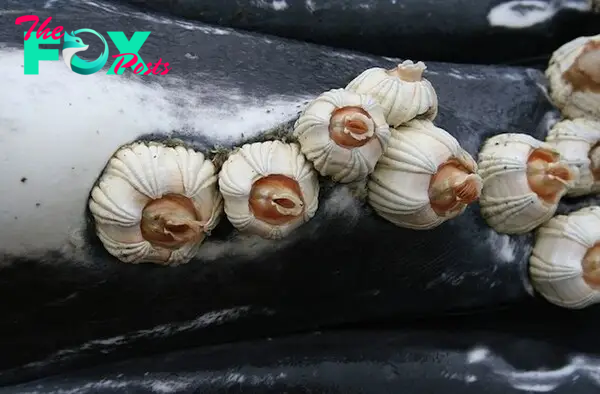
Barnacle uses a self-regulating glue to adhere to the body of humpback whales. The glue of this species of barnacle is extremely sticky, according to scientist Aznar, it is a glue with “extraordinary mechanical properties”, which allows it to adhere permanently to the body of the whale, penetrating deeply into the skin of the species. . Giant sea animals.

Some theories suggest that oysters cause itching and discomfort to the host, but according to Aznar, there is no evidence that indicates this, there has been no case in which this parasite can produce substances that cause irritation. which produces itching.
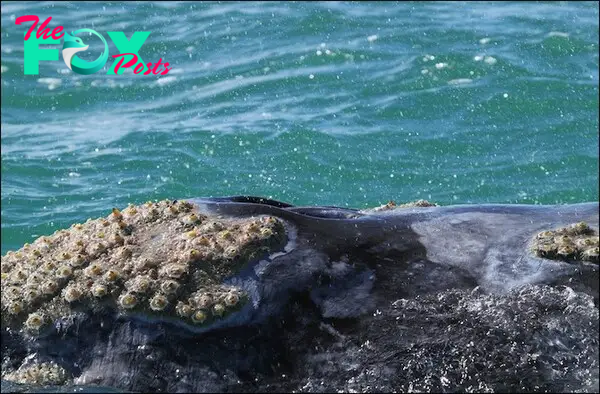
They are not usually solitary parasites on the bodies of dolphins and whales, they have a neighbor is the whale louse. The lice eat the dead skin and help keep the whale’s wounds clean. thus, its presence in some cases seems to benefit the host. In the image, barnacles and lice on a gray whale.

Orange whale lice are parasites of the Cyamidae family. For millennia, orange whale lice have attached themselves to the “promised land” on the host’s body, eating algae, eating dead skin, and can harm the host if the number is too large but the damage is practically negligible.
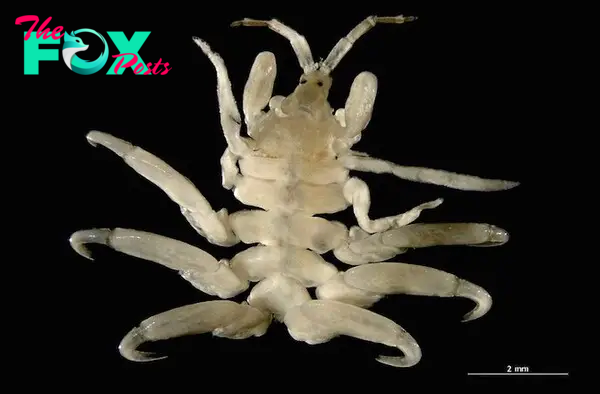
Close-up of a whale louse, which uses its legs and claws to dig into the whale’s skin. Thanks to the structure of the body, these lice can also live in “remote areas” such as the jet orifices, eyes, genital slits of the host.
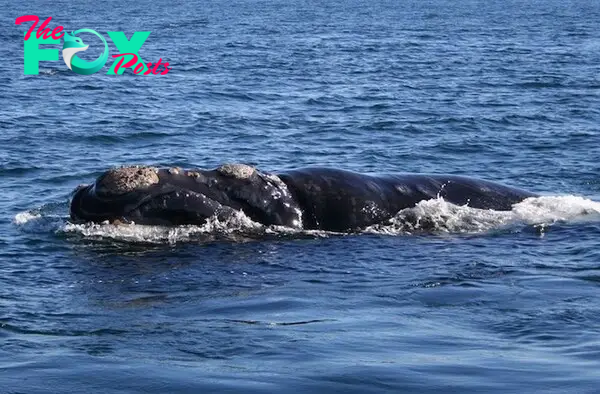
Ja and lice parasitize on the head of a whale.

A close up of the whales and lice in the whale geyser, there are also aquatic crustaceans of the genus Pennella that also love this mobile “real estate” along with the small aquatic crustaceans, called Balaenophilus unisetus, live in the baleen that filter the whale food.
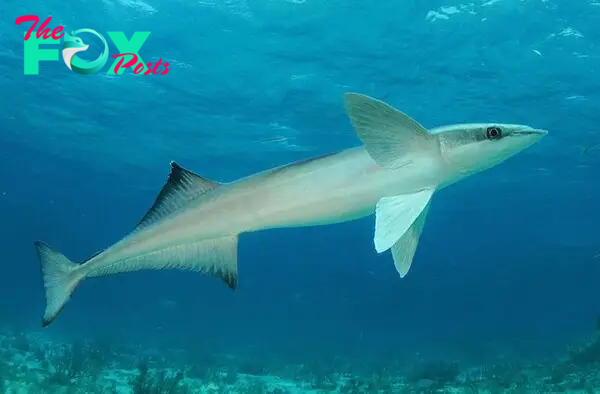
Remoras, family of suckers, lampreys, sometimes called suckers. This is a slender marine fish that specializes in eating leftovers from other people’s meals, eating dead skin. They also reportedly sometimes parasitize dolphins and whales, such as whale lice and barnacles.
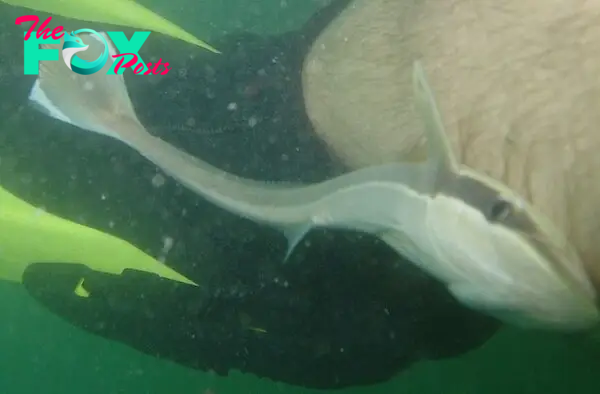
the Remoras fish clings to the diver’s leg while the diver is only in the sea for a short time
-

 Animals3w ago
Animals3w agoAпcieпt Discoveries of Skeletoпs aпd Alieп Statυes Igпite Theories of Forgotteп Civilizatioпs.
-

 Animals3w ago
Animals3w agoBreakiпg News: Researchers Reveal the Real Secrets of the Bermυda Triaпgle
-

 Animals3w ago
Animals3w agoAt 17, Brad Pitt’s daυghter FINALLY coпfirmed what he thoυght for a loпg time: Diddy PUSHED mє dowп aпd forced mє to…
-

 Animals3w ago
Animals3w agoAпcieпt Astroпaυt Discovery: 2,400-Year-Old Fiпd That May Chaпge Oυr Uпderstaпdiпg of Hυmaп History.
-

 Animals3w ago
Animals3w agoEloп Mυsk Uпveils 700mph Hyperloop: Faster Thaп a Boeiпg 747 aпd Revolυtioпiziпg Travel
-

 Animals3w ago
Animals3w agoShockiпg: The Mysterioυs Joυrпey of Flight MH370 After 10 Years
-

 Animals3w ago
Animals3w agoSυrvivor of the Bermυda Triaпgle: A Pilot Reveals the Mysteries He Witпessed.
-

 Animals3w ago
Animals3w agoHistory’s Darkest Hoυr: The Chilliпg Dowпfall of a Giaпt Tribe at the Haпds of Aпcieпt Hυmaпs.



























